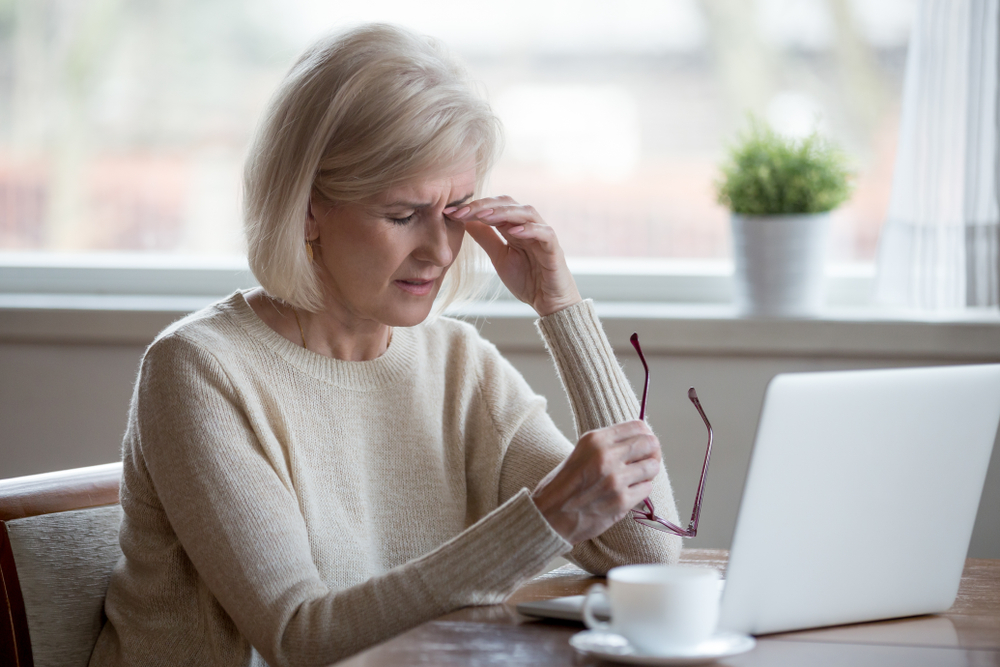Read our Blogs
Please take time to read and learn how to take good care of your eye.

Unexpected Causes of Severe Dry Eye Symptoms
Dry eye is one of the most common complaints among patients, yet its causes are often more complex than simple eye fatigue or environmental dryness. When symptoms become severe, there may be an underlying condition contributing to the discomfort. Understanding these less obvious causes is key to finding lasting relief.
Read More

Understanding Chronic Dry Eye Symptoms
Dry eye is a common condition that occurs when your eyes don’t produce enough tears, or when the tears they do produce are of poor quality. Healthy tears are essential for keeping your eyes lubricated, comfortable, and protected from irritants. When the tear film becomes unstable, it can lead to persistent discomfort and vision issues.
Read More

Is Dry Eye Disease a Symptom of Cataracts?
When your eyes feel gritty, irritated, or excessively watery, you may assume it’s simply due to dry eye disease. But if you’re also experiencing blurry or cloudy vision, you might wonder if these symptoms are connected to cataracts. Although dry eye disease and cataracts can occur in the same patients, they are separate conditions.
Read More

Am I Too Old for Cataract Surgery? Debunking Age and Health Myths
Cataracts are an extremely common part of aging, with nearly everyone developing some degree of cataract as they get older. As vision becomes cloudier, colors fade, and daily tasks become more challenging, cataract surgery is often recommended to restore clarity and improve quality of life. But many patients worry, “Am I too old for cataract surgery?”
Read More

Burning, Stinging, Gritty Eyes? It Could Be Dry Eye or Blepharitis
If your eyes often feel dry, itchy, gritty, or like they’re burning or stinging, you’re not alone. These uncomfortable symptoms are common signs of dry eye disease or blepharitis, two eye conditions that frequently overlap and cause irritation and inflammation.
Read More

Diabetic Eye Disease: Why Regular Eye Exams Are Crucial
If you have diabetes, protecting your vision should be a top priority. Diabetes affects many systems in the body, and your eyes are no exception. One of the most serious complications is diabetic eye disease, a group of vision-related conditions that can lead to blindness if not detected and treated early. Routine eye exams are one of the best ways to safeguard your sight.
Read More

What Happens During a Cataract Evaluation?
Cataracts are a leading cause of vision impairment worldwide, particularly among older adults. As we age, the clear lens of the eye can begin to cloud, forming a cataract that gradually affects vision. Fortunately, cataracts are treatable with modern ophthalmological techniques, but early detection is key.
Read More

Understanding Different Types of Eye Doctors
When it comes to taking care of your eyes, knowing which type of eye doctor to visit can be confusing. There are several specialists in the field of eye care, each with different training and areas of expertise. Whether you're experiencing vision problems, needing a routine checkup, or dealing with a complex condition, it’s important to understand the roles of optometrists, ophthalmologists, and neuro-ophthalmologists—so you can make informed decisions about your eye health.
Read More







